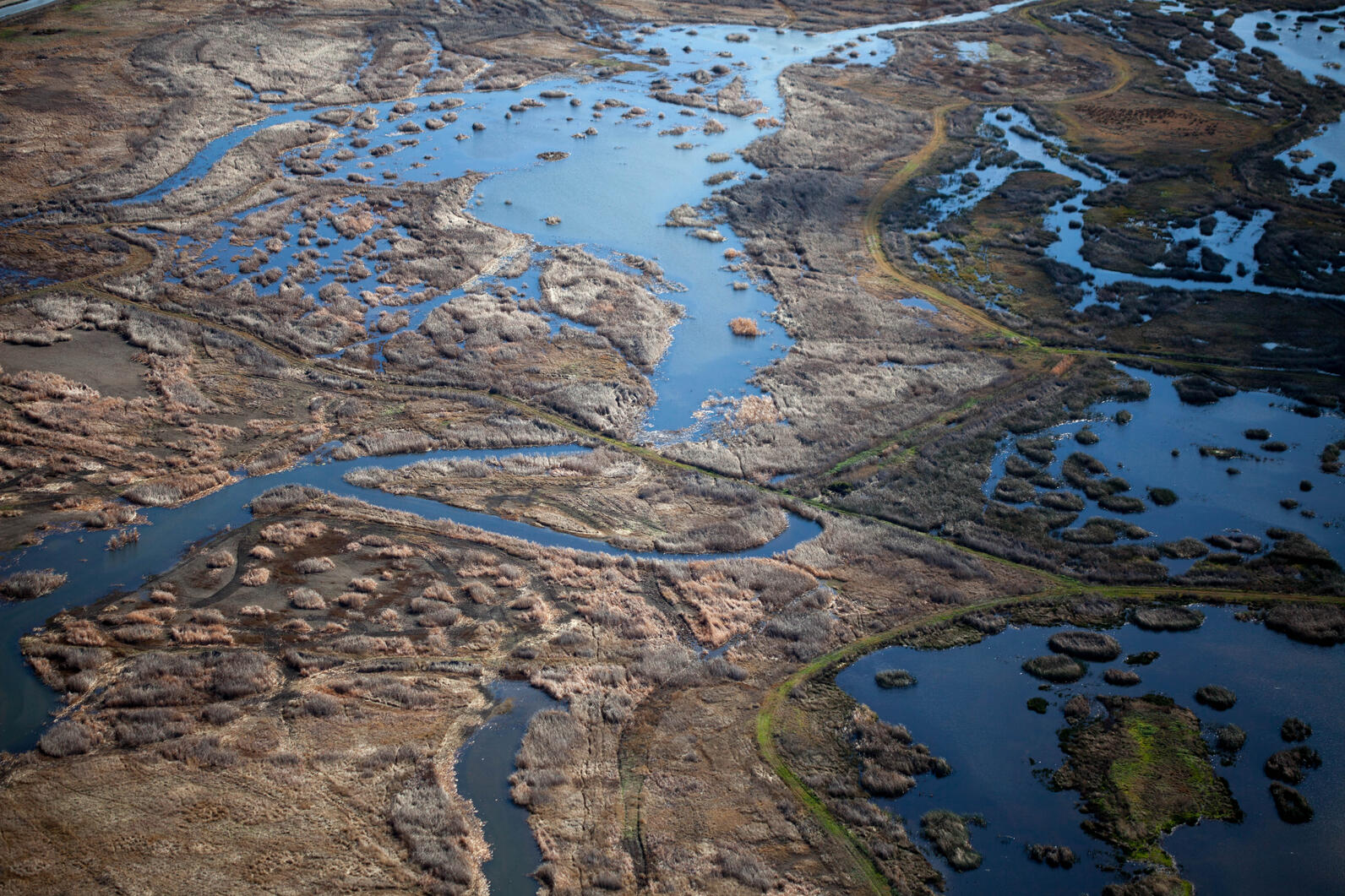 Central Valley wetlands © Lighthawk
Central Valley wetlands © LighthawkWetlands Program
BirdReturns- Fall Wetlands 2025
The goal of the BirdReturns Fall Wetland Program is to encourage private wetlands to provide early flooded habitat for migrating shorebirds, early arrival waterfowl, and molting waterfowl. By gradually flooding-up seasonal wetlands and maintaining that water into the start of the hunting season (October 18th), wetland managers can create this much needed habitat for migratory birds.
2025 Program Requirements
APPLICATION PERIOD
May 5th, 2025 – May 27th, 2025 (CLOSED)
All bids are final once the application period is closed
ELIGIBLE APPLICANTS
- Wetland units in the Sacramento Valley, Delta, Tulare, and San Joaquin Valley that are >25 acres
- Wetland units in Suisun between 25-250 acres
- Wetland owners with access to ground and/or surface water
What qualifies as a wetland?
A given area of land managed for wetland functions and where water is intentionally and actively applied annually through a managed process (USFWS 2000). These diked wetland areas are often managed by manipulating water levels specifically to benefit waterfowl and/or shorebirds. Wetlands must have one or more of the following three attributes: 1) At least periodically, the land supports predominantly hydrophytes (plants growing in water or waterlogged soil); 2) the substrate is predominantly undrained hydric soil; and 3) the substrate is saturated with water or covered by shallow water at some time during the growing season of each year. (Central Valley Joint Venture)
If you have farmed or fallowed crop fields- please check out our Farmlands Program and our Sandhill Cranes Program.
Ineligible Applicants
- Wetlands less than 25 acres
- Wetland units located in Suisun exceeding 250 acres
- Wetlands enrolled in any annual incentive program (i.e., NRCS EQIP) that provides payment to conduct flooding during the same time window
- Within 5 miles of major airports, including Beale AFB, Sacramento International, Travis AFB, Fresno-Yosemite International and Lemoore Naval Air Station (check map here)
- Properties located close to population centers or within mosquito vector hotspots may be precluded from participating depending on local conditions or concerns. Areas indicated in this map will be more carefully assessed. Please reach out to the BirdReturns team prior to applying if all or a portion of your property is located within these areas.
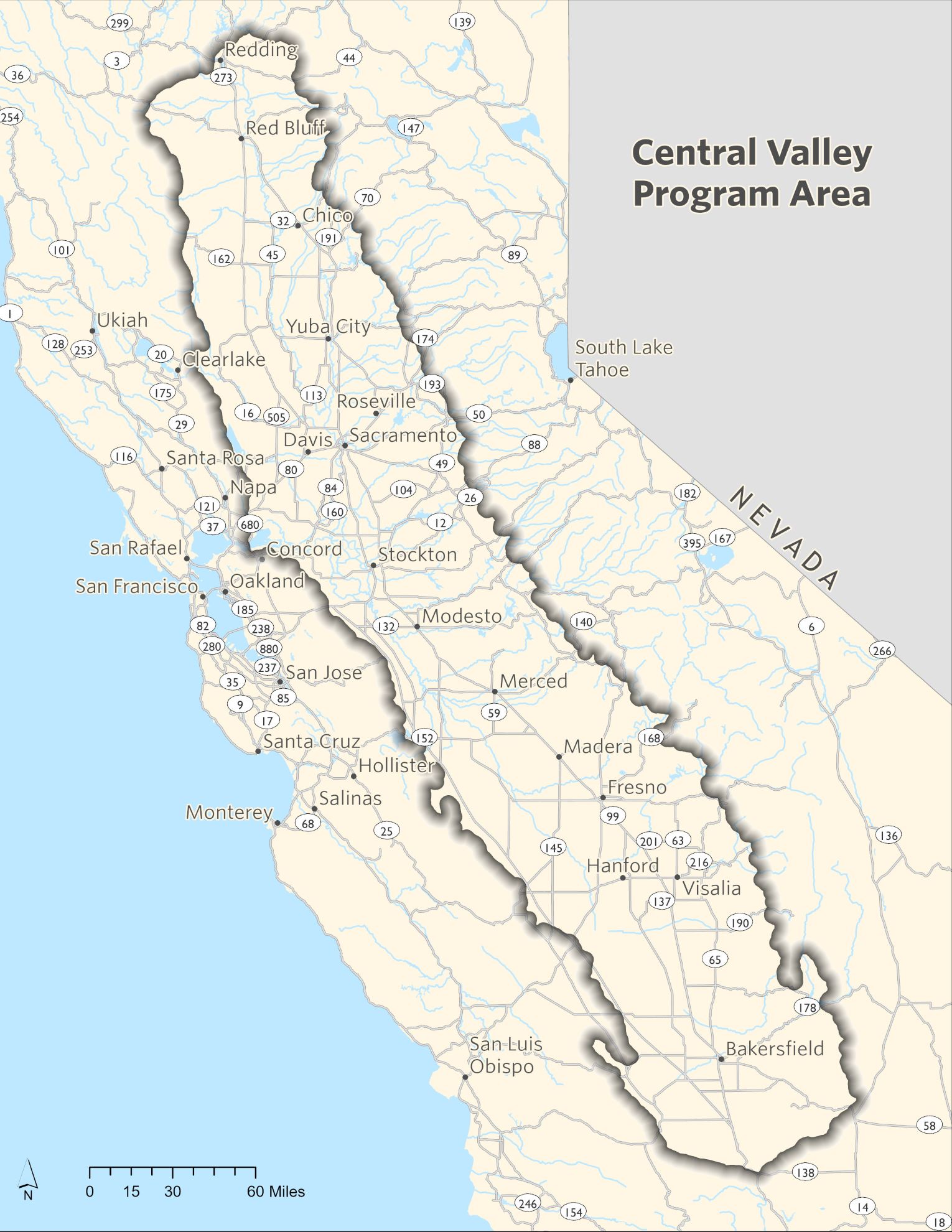
Practice Specifications
Flooding requirements:
Begin flooding the wetland unit during the selected start date range. Gradually flood up the wetland unit and reach fully flooded (fully flooded= water covering the entire enrolled area at any depth) within 3 weeks. Remain fully flooded (at any depth) until the start of the California waterfowl hunting season (October 18, 2025).
- Flooding Start Date Options:
- Flooding can start on any day within the selected range. This allows for flexibility in planning.
- Option 1: August 1-4
- Option 2: August 8-11
- Option 3: August 15-18
- Option 4: August 22-25
- Option 5: August 29- Sept 1
- Option 6: September 5-8
- Flooding can start on any day within the selected range. This allows for flexibility in planning.
Vegetation management:
- Wetland must have less than 50% emergent cover/vegetation (particularly cattails/tules) to ensure availability of open habitat for shorebirds and minimize costs associated with mosquito abatement.
- It is recommended that properties disc at least 10-20% of their wetland unit to reduce vegetation growth.
- In Suisun, discing is limited to a maximum of 25% of the wetland unit. Mowing of wetland vegetation may also be considered as an additional management tool.
- It is recommended that properties disc at least 10-20% of their wetland unit to reduce vegetation growth.
Bid Ranking & Scoring Process
All bids will be ranked and scored by representatives from the Migratory Bird Conservation Partnership and the California Department of Fish and Wildlife. This committee will assess bids according to standardized methods, and use scientific tools to predict the habitat value of each bid according to its location in the landscape, history of bird use in the surrounding area, and timing. Applicants that are able to flood earlier, have larger acreages, and have competitive bids will rank higher. Please contact us if you’d like additional information on scoring criteria.
- Regional Distribution for Wetlands:
- Sacramento Valley – 20%
- Delta – 20%
- San Joaquin Valley/Grasslands – 20%
- Tulare – 20%
- Suisun– 10%
- Residual – 10%
BUDGET: $1,165,000
CENTRAL VALLEY HABITAT GOAL: 40,000 acres
Ranking Strategy:
Primary ranking will be done at the regional level and only utilize a percentage of the budget. Each region will be ranked and funded independently, to ensure that we are accounting for the variability in costs. Once selections are complete, unallocated dollars from each region will be added to the initial 10% residual amount. A secondary ranking will then be conducted. The secondary ranking will pool all remaining eligible applications and fund them in order of priority until the residual funding is exhausted.
While bids from all regions are scored using the same criteria, Suisun applicants may undergo additional review in collaboration with the Suisun Resource Conservation District and Solano County Mosquito Abatement District to assess enrollment feasibility and habitat potential.
GUIDANCE FOR PREPARING A BID
To prepare a competitive bid, BirdReturns encourages applicants to base their bid on the additional costs (or a portion of the costs) they expect to incur to meet the program’s practice requirements. Bids should reflect only the added expenses associated with participation and should not include a property’s routine or typical costs for site preparation and flooding.
When preparing your bid, consider the following potential additional costs:
- Water and pump operation
- Mosquito abatement costs
- Supplemental wetland preparation and vegetation management activities
- Additional discretionary labor and site visits to ensure compliance with program requirements
ADDITIONAL GUIDANCE FOR SUISUN APPLICANTS
• To help applicants account for potential mosquito abatement costs, applicants should contact the Solano County Mosquito Abatement District and request an estimated cost for anticipated mosquito control expenses during the fall flooding window.
• This estimated treatment cost should be included in your bid calculations as part of the per-acre bid price.
This year, the BirdReturns Fall Wetland Program has expanded to include the Suisun region as part of a limited-scale pilot. This effort will help evaluate how program practices perform in local conditions. As a pilot, the Suisun program will involve a more detailed review process and a limited number of enrollments.
Planning Considerations
For all selected properties, BirdReturns will notify the corresponding mosquito vector control district upon enrollment confirmation. In the Suisun region, coordination may occur earlier in the process to incorporate district input into property selection.
Why is the Central Valley Wetlands Program Important?
Countless ducks, geese, swans, cranes, and shorebirds rely on the wetland habitat in the Central Valley, playing a vital role in its ecosystem. Private wetlands make up a significant sixty-five percent of the remaining wetland habitat in this region. By implementing adaptive management practices for these privately owned wetlands, we can effectively expand and optimize the availability of flooded habitats to meet the needs of migratory birds throughout their journeys and life stages.
MEETING WATERFOWL NEEDS: ENHANCING MOLTING HABITAT
Molting habitat is crucial for ducks during their wing molt, when they simultaneously lose all flight feathers and are grounded for 3-4 weeks. To survive this vulnerable phase, ducks require spacious water, abundant high-protein food (to rapidly regrow feathers), and coverage (to hide from predators).
Unfortunately, molting habitat is scarce in our state. With water shortages exacerbating the problem, crowded molting birds also face disease pressure among other threats. By providing late-summer and fall water, private land managers can play a vital role in expanding this important habitat type and boosting population growth.
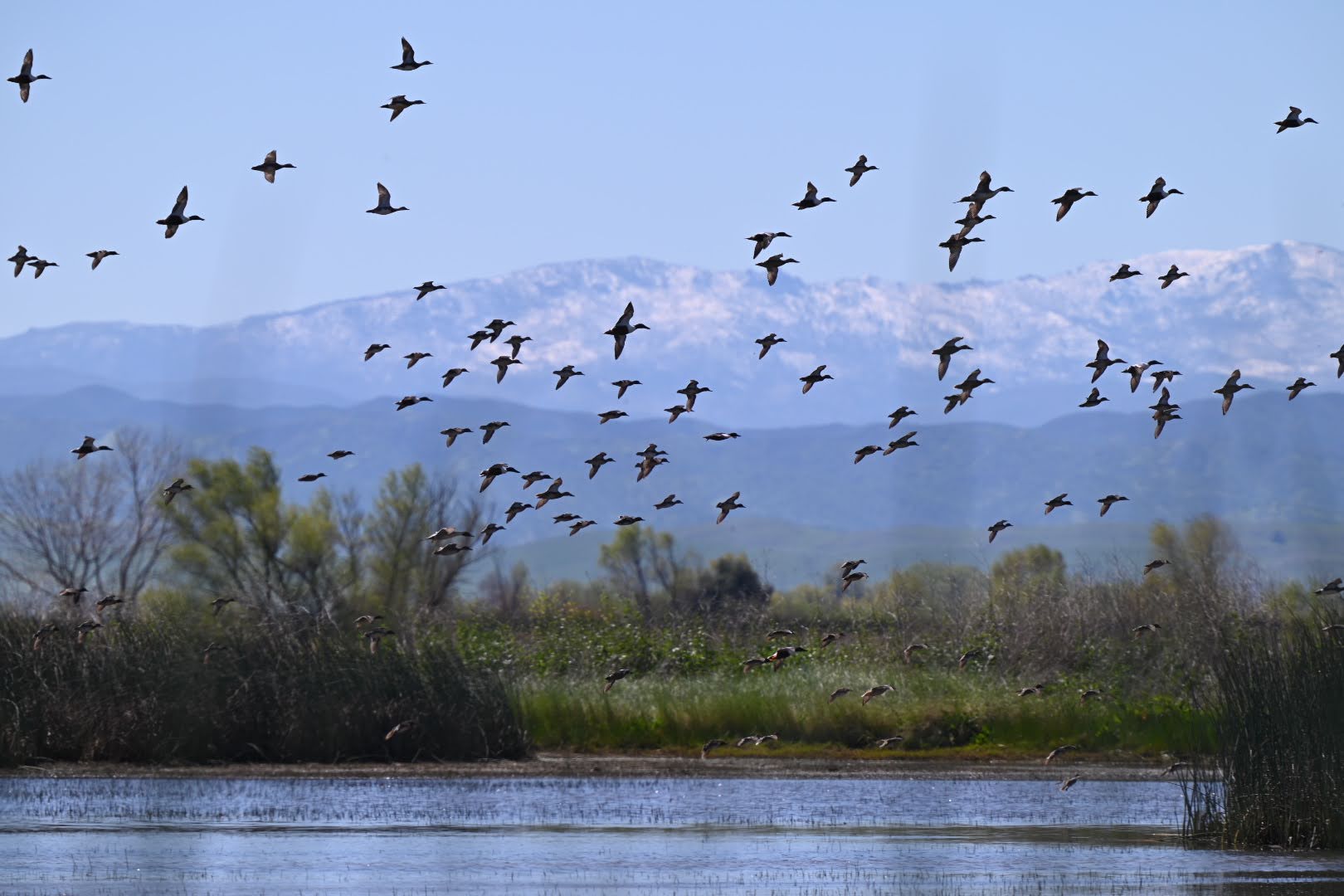 © Ashley Seufzer
© Ashley Seufzer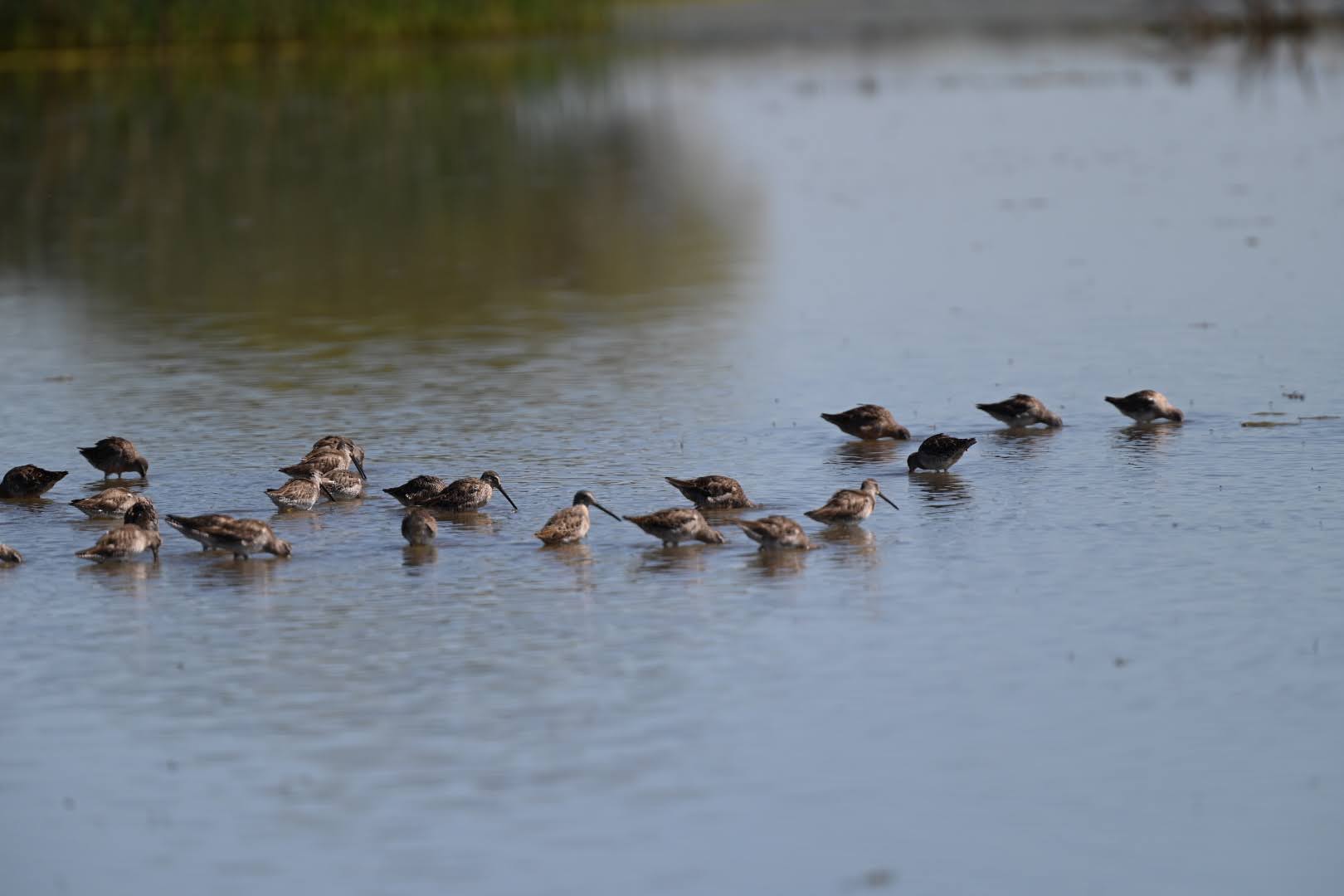 © Ian Souza-Cole
© Ian Souza-ColeA LIFELINE FOR SHOREBIRDS
Shorebirds face alarming declines, and the absence of resting spots during migration could exacerbate their dwindling populations. In a time of managed water, most wetlands remain dry during fall migration unless wetland managers choose to create the flooded habitat these birds depend on. The management of private wetlands is critical in ensuring shorebird survival as they can provide habitat when birds need it most. Sustaining a diverse array of strategically flooded wetlands not only supports shorebirds but also benefits other wildlife and contributes to the regional economy.
Flooded Habitat vs. Traditionally Managed Wetlands
Gradual flood-up and draw-down practices on wetlands can provide needed habitat for a greater diversity of migratory birds by creating variable water depths that reflect the natural cycles birds depend on.
Traditionally managed wetlands that do not flood in the off-season, or flood quickly to deeper depths for waterfowl, restrict the amount of habitat available to a greater diversity of species.
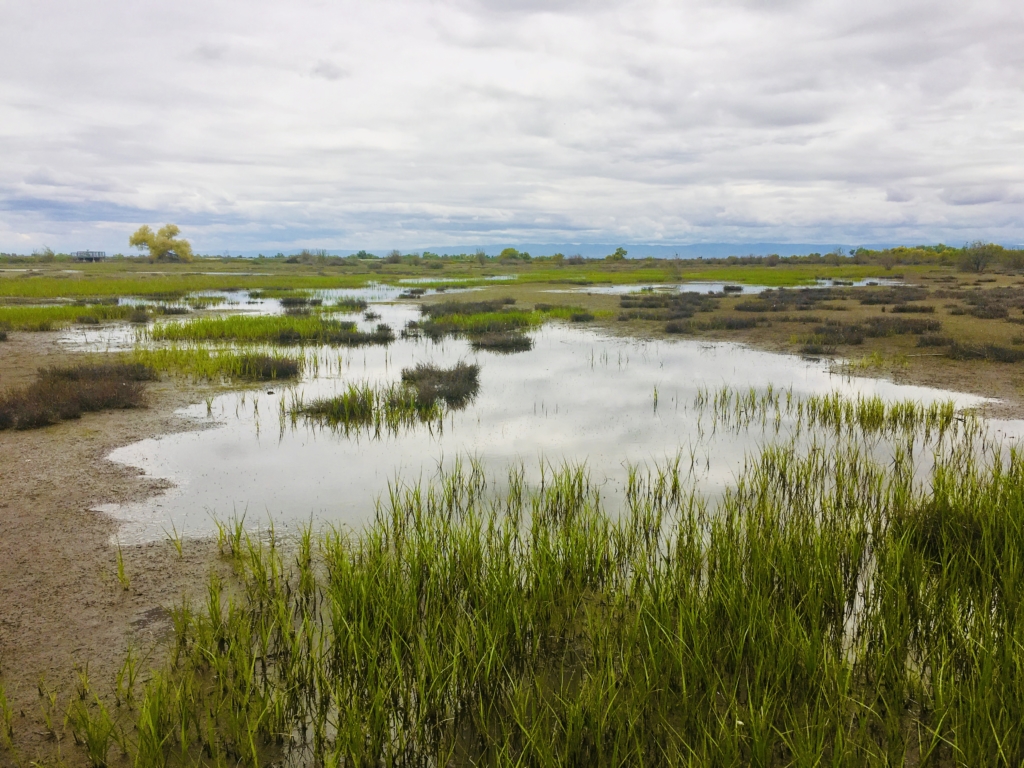 © Greg Golet
© Greg Golet

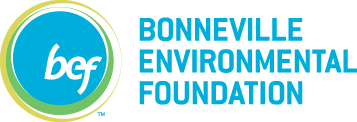
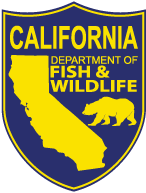
The BirdReturns Program is managed by the Migratory Bird Conservation Partnership (Audubon California, The Nature Conservancy, and Point Blue Conservation Science), in partnership with Suisun Resource Conservation District and the Bonneville Environmental Foundation. This program is possible thanks to the generous funding by the California Department of Fish and Wildlife.




